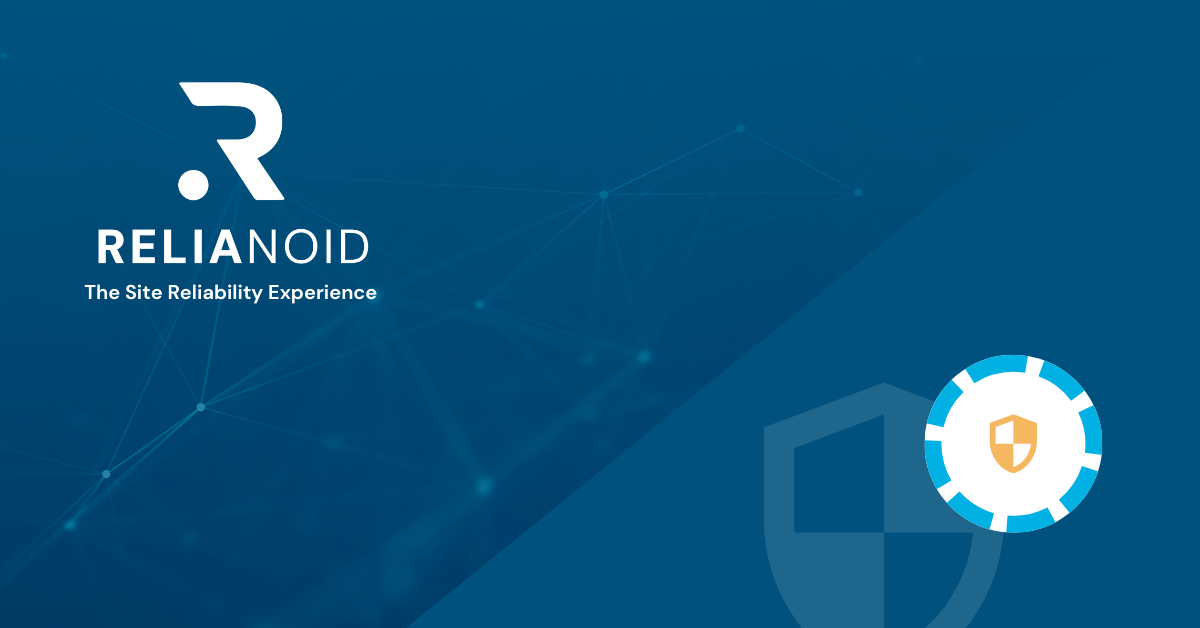“You have been hacked!” These words are dreaded by all, yet they have become all too familiar in the realm of digital transformation. Cybersecurity breaches can strike at any time, targeting anyone, including even the largest of companies. With the proliferation of cybersecurity threats worldwide, it’s crucial to take proactive steps to prevent these threats or, at the very least, mitigate their impact. Some threats are beyond our control, so as members of the digital world, it’s essential to understand the actions to take both before and after a cybersecurity breach occurs. But before diving into actionable steps, let’s distinguish between cyberattacks and data breaches.
How are cyberattacks and data breaches different?
A cyberattack transpires when someone attempts to pilfer your data or confidential information electronically, using methods such as exploiting vulnerabilities in computers or networks. These attacks can target individuals, organizations, or groups.
A data breach occurs when an unauthorized party gains access to confidential information, be it personal or professional. Such breached data may be used for illegal activities or sold on the dark web.
Protecting Yourself Against Cybersecurity Breaches
Whether you’re an individual or an organization, taking preventive measures to safeguard your data and network from cybersecurity breaches is paramount. Here are steps to follow before a cybersecurity breach:
1. Secure Your Network:
Using a secure network is the first and foremost step to be taken against cybersecurity threats. For securing your network, you should use a password-protected router and strong encryption. Strong encryption ensures the protection of the information shared over the network.
2. Keep Software Updated:
Outdated software and browsers can pose security risks, making you susceptible to cyberattacks. Regularly update your security software, operating system, and other applications to stay protected.
3. Implement Two-Factor Authentication:
Enhance your account security by enabling two-factor authentication. This added layer of security prevents cybercriminals from gaining unauthorized access to your accounts.
4. Back Up Important Files:
Regularly back up crucial files to ensure you don’t lose valuable data in the event of a breach.
5. Use a VPN (Virtual Private Network):
Employing a VPN can protect you from cyber threats by establishing a private network within public connections.
6. Stay Informed:
Continuously educate yourself on cybersecurity tips to better tackle potential cyber threats.
7. Identify Spear Phishing Attacks:
Be vigilant for phishing attacks, which are becoming increasingly effective. To spot spoofed emails:
a) Check the email format.
b) Avoid clicking on links from unknown senders.
c) Scrutinize web addresses in emails.
d) Exercise caution with urgent or alarming emails.
Responding After a Cybersecurity Breach
Even with heightened vigilance and precautionary measures, it’s challenging to be completely immune to cyber threats. Therefore, it’s crucial to be prepared to respond effectively when a breach occurs. Here are primary steps to take after a cybersecurity breach:
1. Determine Data Compromise
As soon as a breach is suspected, determine if your data has been compromised or not.
2. Identify Breached Data
After confirming the breach, identify which data has been compromised. Monitor your accounts for any signs of unauthorized activity.
3. Change Credentials
To safeguard your accounts from further unauthorized access, promptly change your credentials, including passwords and access codes.
4. Seek Expert Guidance
After taking these initial steps, consult with a cybersecurity expert for a thorough audit and further guidance.
Conclusion
Predicting when, how, or what type of cyberattack will occur is a daunting task. Hence, it’s prudent to remain vigilant and well-informed about the security measures to take before and after a cybersecurity breach. Awareness and knowledge can save you from cyber threats or, at the very least, minimize the damage if a breach occurs. Cybersecurity is an ongoing effort, and staying informed and prepared is your best defense in today’s digital landscape.




